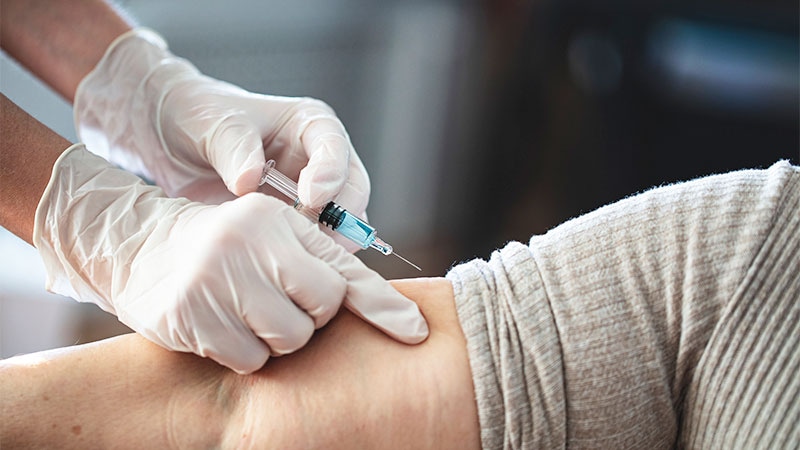A systematic review, published inThe Cochrane Database of Systematic Reviews, did not find consistent evidence that H1 antihistamines (H1 AH) treatments are effective as 'add-on' therapy for eczema when compared to placebo. Low and moderate quality evidence was present for this comparison.
Researchers identified 25 randomised controlled trials (17 studies, n=1344 adults; 8 studies, 1941 children) that compared add-on H1 AH to topical treatment with topical treatment plus placebo or no add-on therapy after a search across electronic databases.
Cetirizine use (0.5 mg/kg/day) over 18 months was associated with fewer mild adverse events (risk ratio [RR], 0.68; 95% CI, 0.46-1.01) and required less need of additional H1 AH use to prevent eczema flare rate (P=.035) vs placebo. No data was reported on patient-assessed pruritus and there was no significant difference in physician-assessed clinical signs (using SCORing Atopic Dermatitis index) between the two groups. Cetirizine use (10 mg/day) over 4 weeks vs placebo did not show significant effects on patient-assessed pruritus, numbers of adverse events (RR, 1.11; 95% CI, 0.50-2.45), physician-assessed clinical signs and need for local rescue therapy or number of applications to prevent eczema flares.
Compared with placebo, fexofenadine use (120 mg/day) over 1 week showed small reduction in patient-assessed pruritus (mean difference [MD], −0.25; 95% CI −0.43 to −0.07) and reduction in physician-assessed pruritus area to whole body surface area ratio (P=.007). There was little or no difference in adverse events (mostly somnolence and headache) (RR, 1.05; 95% CI, 0.74-1.50) nor in the amount of hydrocortisone butyrate (0.1%) used to prevent eczema flares between the two groups.
Loratadine use (10 mg/day) over 4 weeks showed a reduction in physician-assessed clinical signs (MD, −4.10; 95% CI, −13.22 to 5.02) or adverse events but did not show significant effects on patient-assessed pruritus (MD, −2.30; 95% CI, −20.27 to 15.67).
Based on this review, authors wrote, “As current guidelines recommend the use of add-on H1 AH to conventional topical treatment during acute flares only, future studies may greatly benefit from comparing H1 add-on treatment in patients with acute flares that are comparable.”

